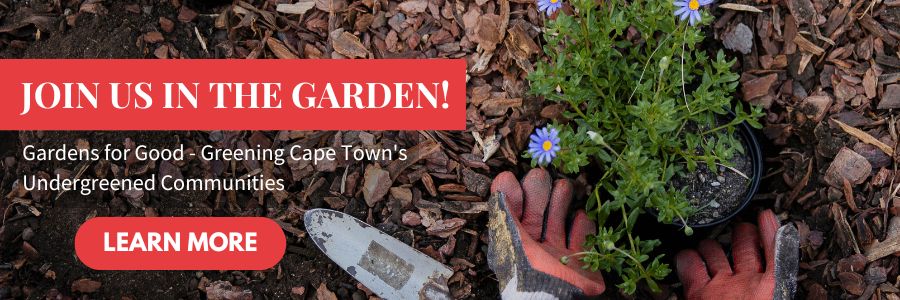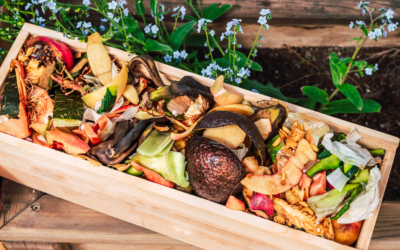By Jessie Leverzencie
1. Find out what your area’s locally indigenous fynbos type is
If we could click a rewind button, we would be surprised at how different our country’s natural landscape looked a few hundred years ago. Without all of the roads, buildings, urban sprawl, and invasive plant species, the natural landscape was thriving.
Each region has its own specific fynbos type, from the Cape Flats Sand Fynbos to the Peninsula Shale Renosterveld. Planting locally indigenous fynbos is not only important for restoring the natural landscape, but also increases your plants’ chance of survival.
Each fynbos plant is adapted to survive in a particular area. This is due to many factors, one of which is the soil type. Planting the correct, locally indigenous fynbos plants will help ensure that your garden survives and thrives. Have a look at the Fynbos Corridor Collaboration website, for their fynbos rehabilitation guide.
2. Choose your space
The Fynbos Corridors website has a nifty site selection tool that allows you to assess the suitability of the space. Fynbos requires little maintenance, but a couple of specific things to look at when choosing your space are:
- Size of the space
- Growth pattern of the fynbos plants
- Soil type
- Soil drainage
- Amount of direct sun exposure
- Direction and magnitude of prevailing winds
3. Choose specific species
There are 9600 species of fynbos in the Cape Floral Kingdom, so there is ample to choose from. Be sure to choose species that are within your veld type by using the site analysis tool (mentioned above) on the Fynbos Corridor website or ask your local nursery for advice.
4. Purchase from a legitimate source
As diverse as Table Mountain is (with more plant diversity on top of Table Mountain than the whole of the UK), it is illegal to pick fynbos in the wild. Be sure to purchase your fynbos from a legitimate source. Fynbos Life is a great nursery based in Lakeside in Cape Town, that sells locally indigenous fynbos.
Bonus tips!
Make a work plan with the fynbos you plant. As the seasons change, so fynbos that thrive in that particular season, might differ. To assess how well your fynbos garden is doing, be sure to use the Fynbos Corridors website fynbos site monitoring tool.
Starting a fynbos garden is both a simple, and complex process. But fear not, the Fynbos Corridor website is (as mentioned) a wonderful tool that takes out all of the guesswork for you! Not only will your garden flourish into a vibrant, locally indigenous fynbos oasis, but you will also be doing your part to help ensure the Cape Floral Kingdom’s survival! So, what are you waiting for?
How Do Trees Communicate?
Scientists have found that trees communicate in various ways, one of them being fascinating fungal networks below the earth.
15 Things You Can Do To Make A Difference On World Environment Day
World Environment Day is organized by the United Nations Environment Programme (UNEP) and has been held annually since 1974. The goal of the day of action is to promote environmental awareness and draw attention to crucial concerns around our planet’s survival, that require active engagement and commitment. Today, the day represents one of the largest global platforms for environmental action, with millions of participants from around the world. Each World Environment Day focuses on a specific issue that reflects urgent problems and challenges of our time, such as climate change, biodiversity loss or pollution.
How to Compost at Home, and Reduce Your Waste
Composting is surprisingly easy with these 4 steps – you can even do it at home, and don’t need a lot of space.
Greenpop Foundation NPC is a registered non-profit organisation. Registration Number (NPO): 151-411 NPO.


